Antarctica could be at the heart of the Earth’s doomsday if volcanoes beneath the ice were to erupt and speed up a process that could leave the planet “uninhabitable,” scientists have warned.
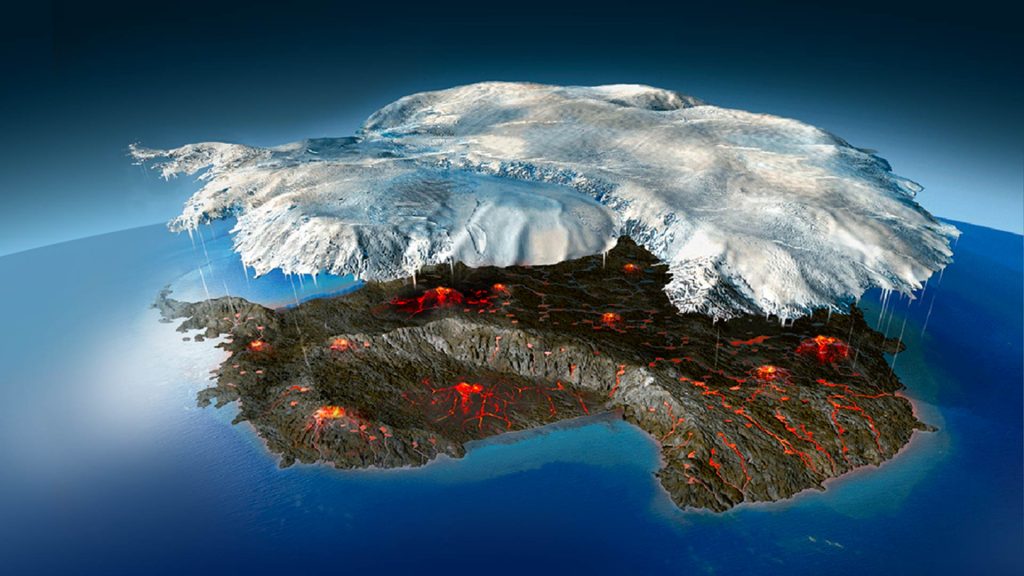
The icy continent is home to some 5,000 scientists around the world who study the unspoilt region to learn more about the Earth’s history and the effects of climate change.
But researchers got a shock when they discovered more than 100 dormant volcanoes below the continent’s ice sheet, making it the largest volcanic region on Earth.
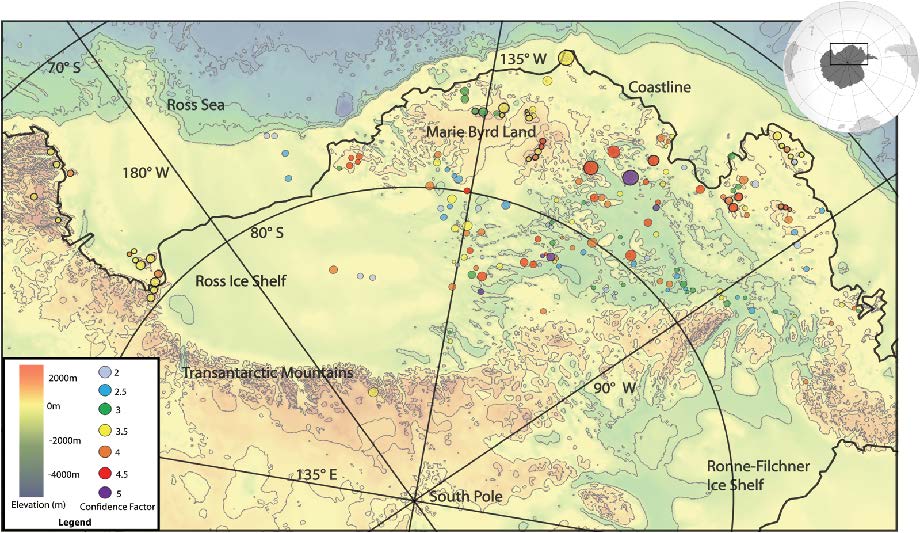
The find was particularly important because the activity of these volcanoes could have crucial implications for the rest of the planet.
If one erupts, it could further destabilise some of the region’s ice sheets, which have already been affected by Earth changes.
John Smellie, Professor of Volcanology at the University of Leicester, told The Conversation: “The volcanoes would melt huge caverns in the base of the ice and create enormous quantities of meltwater.
“Because the West Antarctic Ice Sheet is wet rather than frozen to its bed – imagine an ice cube on a kitchen worktop – the meltwater would act as a lubricant and could cause the overlying ice to slip and move more rapidly.
“These volcanoes can also stabilise the ice, however, as they give it something to grip onto – imagine that same ice cube snagging onto a lump-shaped object.
“In any case, the volume of water that would be generated by even a large volcano is a pinprick compared with the volume of overlying ice.
“So a single eruption won’t have much effect on the ice flow. What would make a big difference, is if several volcanoes erupt close to or beneath any of West Antarctica’s prominent ‘ice streams’.”
More than 80 percent of Earth’s freshwater reserves are stored in Antarctica – enough to raise global sea levels by about 60 meters if it melted – make the planet “uninhabitable” – as scientists have previously pointed out.
And Prof Smellie said an eruption beneath the ice could trigger a catastrophic speeding up of this process.
He added: “Ice streams are rivers of ice that flow much faster than their surroundings.
“They are the zones along which most of the ice in Antarctica is delivered to the ocean, and therefore fluctuations in their speed can affect the sea level.
“If the additional ‘lubricant’ provided by multiple volcanic eruptions was channelled beneath ice streams, the subsequent rapid flow may dump unusual amounts of West Antarctica’s thick interior ice into the ocean, causing sea levels to rise.
“Under-ice volcanoes are probably what triggered a rapid flow of ancient ice streams into the vast Ross Ice Shelf, Antarctica’s largest ice shelf.
“Something similar might have occurred about 2,000 years ago with a small volcano in the Hudson Mountains that lie underneath the West Antarctica Ice Sheet – if it erupted again today it could cause the nearby Pine Island Glacier to speed up.”
And Prof Smellie said it could have a knock-on effect.
He added in 2017: “Most dramatically of all, a large series of eruptions could destabilise many more subglacial volcanoes.
“As volcanoes cool and crystallise, their magma chambers become pressurised and all that prevents the volcanic gases from escaping violently in an eruption is the weight of overlying rock or, in this case, several kilometres of ice.
“As that ice becomes much thinner, the pressure reduction may trigger eruptions.
“More eruptions and ice melting would mean even more meltwater being channelled under the ice streams.”
But for now, these volcanoes are dormant, meaning they have not erupted in the past 10,000 years, but could do so in the future. Look at Mount Erebus and Deception Island. The latter was recently hit by a powerful swarm of earthquakes… Is a new underwater volcano forming?
Doomsday hasn’t arrived yet, but Antarctica volcanoes could clearly trigger a worldwide apocalypse… Be read and get prepred!
Hey guys, it’s time to wake up!
If a few more people choose to support my work, I could expose more lies, root out more corruption, and call out more hypocrites. So, if you can afford it, please support my endeavor by either using PAYPAL or the DonorBox below (PAYPAL & Credit Cards / Debit Cards accepted)…
You should join my newsletter to get a compilation of different breaking news, pictures and videos on a daily manner…
Thank you,
Manuel


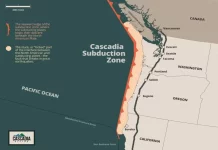
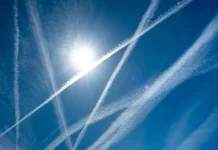
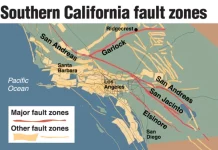
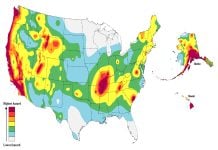







Look on the NASA FIRMS Firemap website and backdate it 2 months and look at the fire detections all over Antarctica. 14 including Erebus.
Nope. Good try at sensational phony predictions, but average land elevation is over 800 meters, leaving much lad above sea level no matter what ice melts.
More water would moderate global temperatures resulting in more easily inhabitable areas closer to the poles.
Keep oil in that lamp! Y’ never know!
And the dish could run away with the knife this time too..
We need a government program to address this and volcano tax on consumer goods to pay for it
How can the Piri Reis map be explained if the map showed Antarctica to be snow free in 1513 ?
.
Also according to this article, [“More than 80 percent of Earth’s freshwater reserves are stored in Antarctica – enough to raise global sea levels by about 60 meters if it melted – make the planet “uninhabitable” – as scientists have previously pointed out.”]
.
60 Meters is approximately 197 feet, for the oceans of the earth to be raised by that much it boggles the mind to understand just how that much ice formed around Antarctica in 500 hundred years or possibly even fewer years.
Ancient maps show Antarctica without ice (refer to the book “Fingerprints of the Gods” by Graham Hancock). The maps are purported to be about 10,000 years old. They show all the detail below the ice such as mountain ranges, rivers, valleys, etc. The point is, the melting and re-freezing of the ice may have happened before, when the volcanoes were last active, then went dormant. Just a hypothesis…
Did we really need another boogieman?